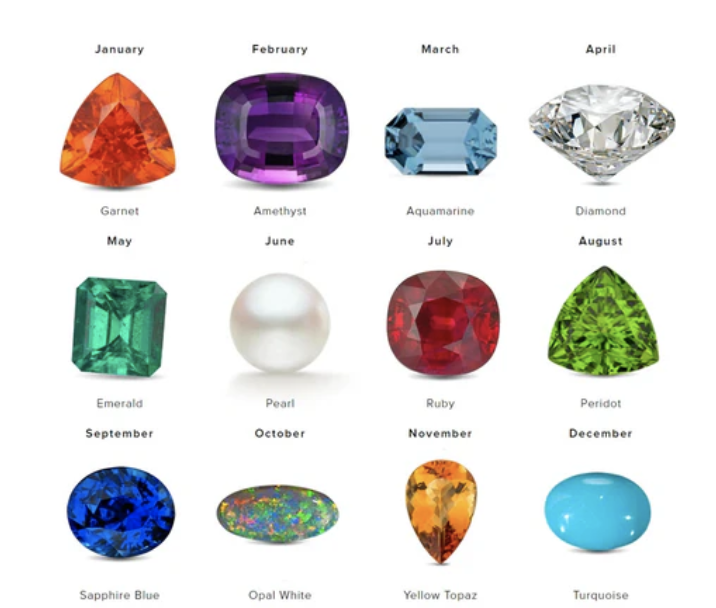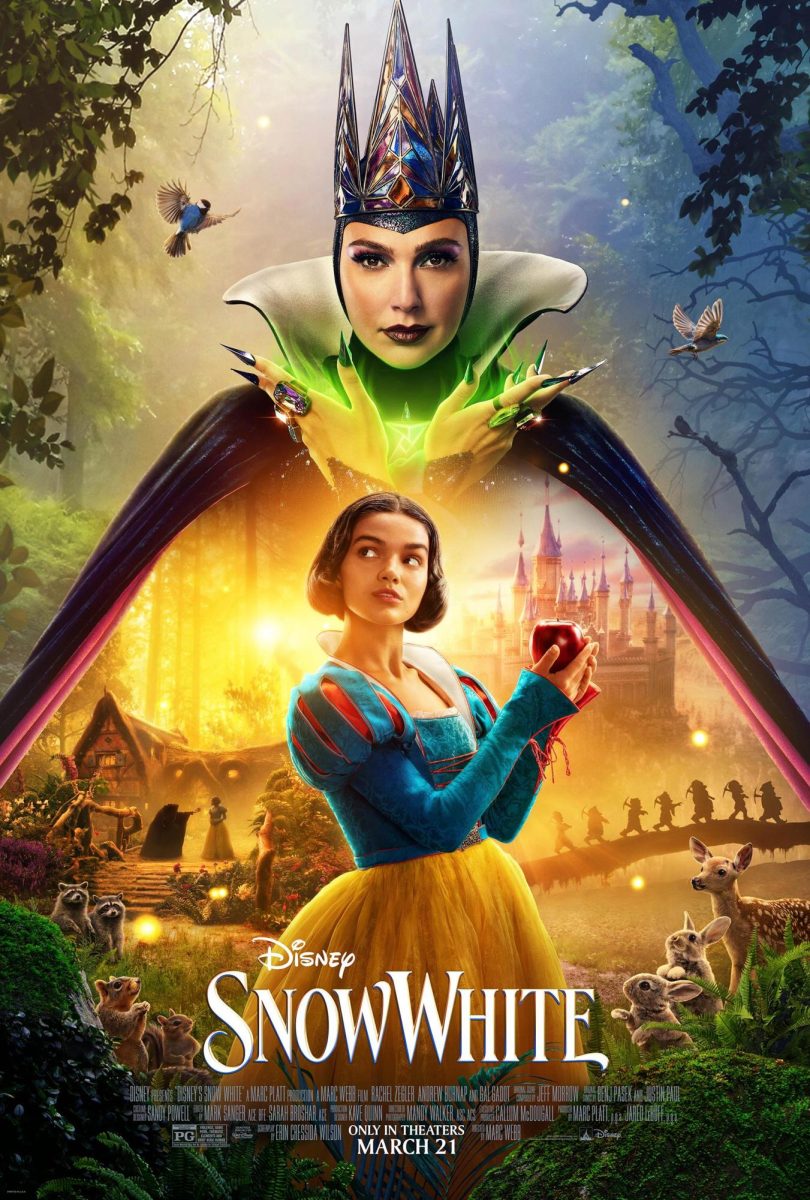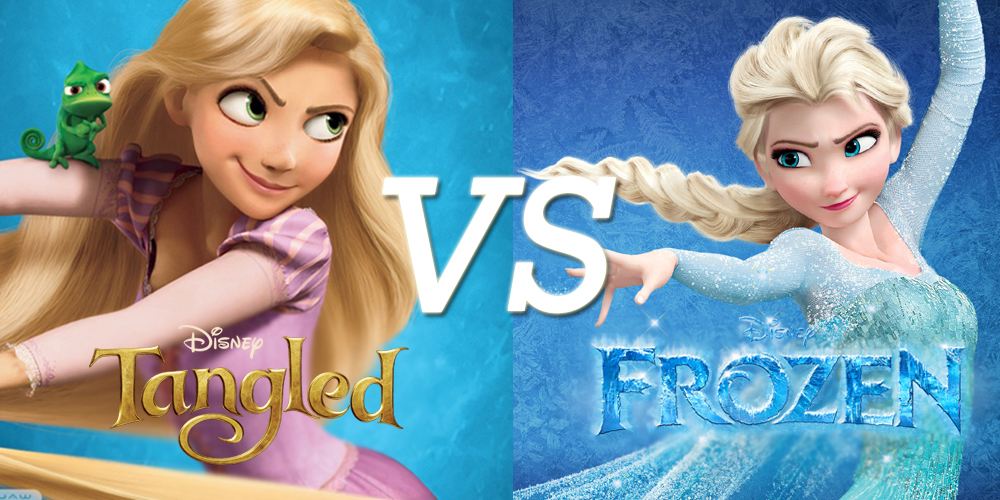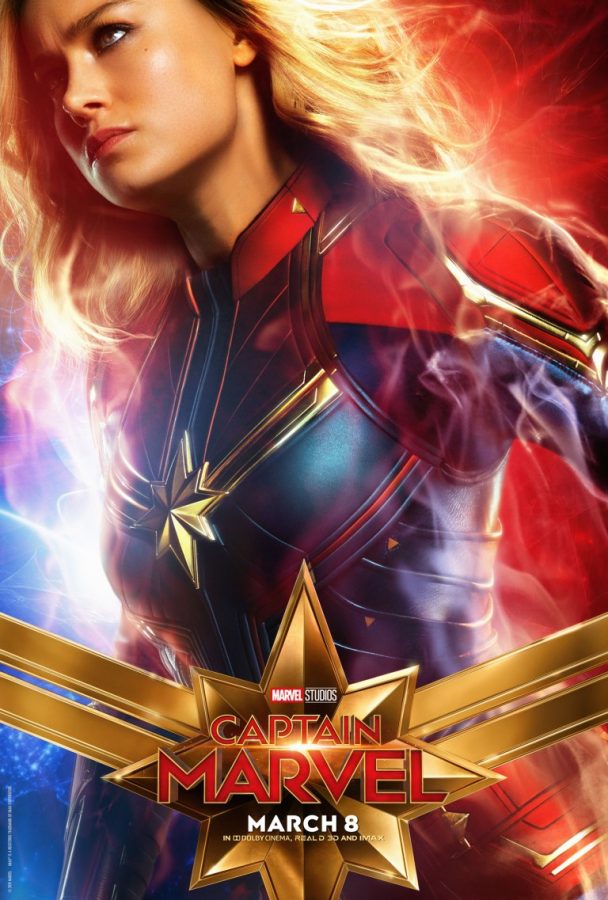Captain Marvel Soars Higher, Further, Faster
Captain Marvel marks Marvel Studios’ first female-led superhero film.
March 19, 2019
The world needs a HERo–and so does the film industry. Thankfully, Captain Marvel delivers. The Marvel Studios film is the first in the studio’s history to feature a female superhero as its lead. After twenty box-office hits, Marvel places Academy Award-winning Brie Larson as Carol Danvers, or Captain Marvel, in a film which shines as an unorthodox superhero origin story and may just be the key to everything.
Disclaimer: The following contains spoilers for Captain Marvel.
Captain Marvel begins admittedly slow, with an interesting look into Hala, the capital of the Kree Empire, and a battle sequence featuring the Starforce which is entertaining but ultimately meaningless to the viewer without any context of who the Kree are or why they are fighting the Skrulls. However, with some humor from the digitally de-aged and two-eyed Samuel L. Jackson as Agent Nick Fury of SHIELD, a setting of 1990s Los Angeles, and the adorable cat Goose, Captain Marvel picks up the pace.
Some memorable highlights of the film include a thirty-second sequence portraying Danvers becoming saturated with energy and power from an explosion from a scientifically revolutionary light-speed engine; the viewer is left speechless and awe-struck from not only the cinematic aesthetic, but also with the amount of power Carol Danvers possesses.
In a similar fashion, the battle sequences of Fury and Maria Rambeau, Danvers’s best friend, are delightfully entertaining with the spotlight on Goose, who is revealed to be a Flerken with octopus-like tentacles. In between these scenes are montages of Captain Marvel, now donned in her iconic red, blue, and gold suit, easily knocking down her enemies in sync to No Doubt’s “Just a Girl.”
The extent of Captain Marvel’s powers are heavily emphasized through the scene of Danvers overcoming the Supreme Intelligence, ripping out her Kree implants which were actually stifled her capabilities, and physically glowing with power. She is able to fly through concentration, explode a Kree ship by simply flying through it, and destroying multiple missiles with her photon blasts.
As a prequel of sorts to the Marvel Cinematic Universe, Captain Marvel also includes several nods to future events, including Agent Coulson, the Tesseract/Space Infinity Stone, Agent Fury, Ronan the Accuser, and the Avengers Initiative in the final scene of the movie. Stan Lee, the late creator of numerous Marvel superheroes, was also honored in the Marvel Studios title sequence and later featured as a cameo. The tribute was received with thunderous applause from theaters around the world.
The implications for Captain Marvel within the cinematic universe are immense. The power she is shown to possess makes her arguably the most powerful superhero yet, and this means that she surely plays a large role in defeating Thanos in Avengers: Endgame, the sequel to Avengers: Infinity War which will be released in April. She may also lead the future MCU, as old favorites Iron Man, Captain America, and Thor will retire as Marvel finishes Phase Three.
The question of why Captain Marvel is not involved in the catastrophic events of Infinity War is answered in the movie, where she ultimately leaves Earth to help the Skrulls find a new home somewhere in the distant galaxy. However, as revealed in the mid-credits scene, Danvers will return with one question: “Where is Fury?”
Captain Marvel is a unique superhero origin story in that the character is immediately introduced with powers and training and later discovers who she is. In other films, including Iron Man, Captain America, and Thor, the hero’s backgrounds are first introduced, and powers are not revealed until later. Captain Marvel overall features breathtaking scenes with plot twists leaving the viewer captivated until the very end.
More importantly, however, Captain Marvel is revolutionary for Marvel Studios by placing a female superhero into the spotlight without a romantic interest or overly feminist or political agenda. While the movie is not as comedic as Marvel’s other famously humorous superhero films, it successfully introduced a highly important character in a manner of representation without being overbearing.
The female lead has inevitably been met with praise from critics and harsh criticism from others. According to Washington Post, protestors of the film have engaged in boycotts, intense social media propaganda, and low critical reviews on Rotten Tomatoes before the movie was even released. The amount of anti-Captain Marvel reviews has forced Rotten Tomatoes to change its rules to prevent reviews before the release of the film, stating “We have seen an uptick in non-constructive input, sometimes bordering on trolling, which we believe is a disservice to our general readership.”
Despite the backlash from those opposing the long-overdue female-led superhero film, Captain Marvel has performed spectacularly at the box office, earning in its opening weekend $154 million domestically and $456 million globally, surpassing predictions and making it the sixth biggest opening weekend, according to Forbes.
Captain Marvel is a thoroughly enjoyable movie which also happens to mark Marvel’s expansion in diversity and representation. Sierra Lane (11), who watched the film on its premiere on March 8, comments, “I loved the movie. It’s something that everyone should watch, no matter how much you’re interested in superhero movies, because there really is nothing like it.”
With blockbusters such as Captain Marvel in theaters now, the future of Marvel soars higher, further, and faster.





































